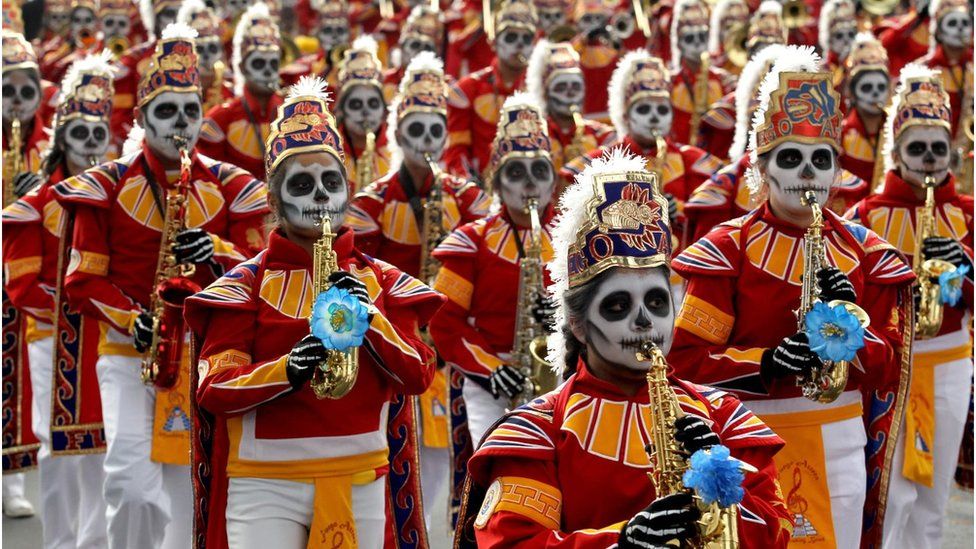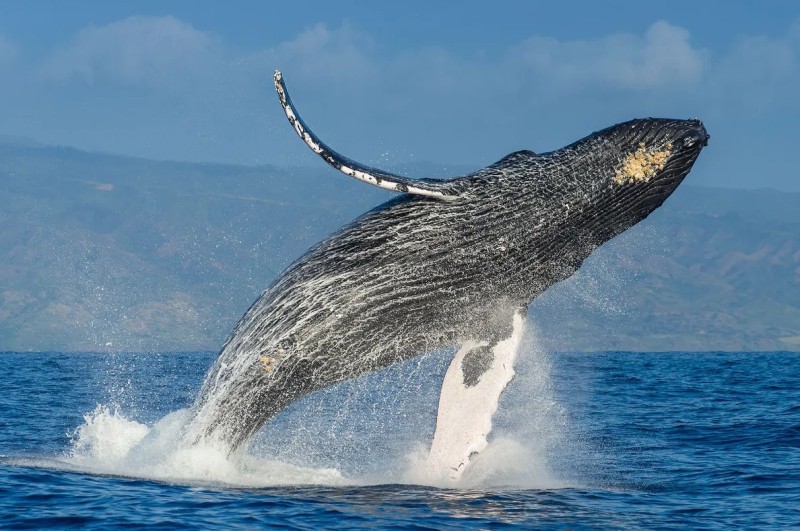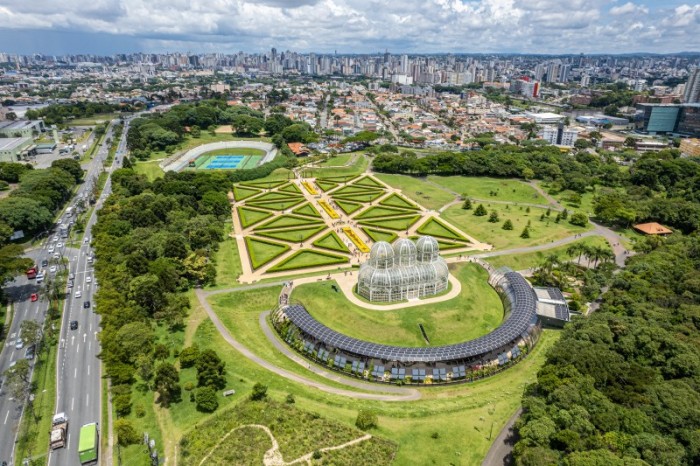By Célia Patenotte and Maxime Jacquier, third year students at Sciences Po Grenoble, under the supervision of Sonia Berrakama, professor of Spanish at Sciences Po Grenoble – This article was originally published on www.elcafelatino.org
The Day of the Dead is an unavoidable tradition in Latin American culture. Particularly in Mexico, where this festival brings Mexicans together to honour their dead. The tradition of these celebrations is also present in other Latin American countries such as Guatemala and El Salvador. Its expression has evolved with time and the influence of world culture.
El Día de los muertos: a historical tradition in memory of the dead
This tradition has existed for over 3000 years and has its origins in Aztec and Catholic traditions. For this reason, it is included in the UNESCO Intangible Cultural Heritage of Humanity. From 31 October to 2 November, celebrations in memory of the dead are held to celebrate them with joy rather than the usual sadness of oblivion.
During these celebrations, Mexicans go to the cemeteries, light candles and spread flower petals, which traditionally allow the souls of the dead to find their way to the graves.
They place calaveras, edible skulls made of sugar or chocolate, but also plastic skulls. On these typical decorations is written the name of the deceased.
Mexicans also place food on the graves as an offering for the angelitos, the dead children. Then it is the turn of the adults to eat. The offerings can be of different kinds: they can be cempasúchil flowers, personal objects, incense and crucifixes. Sometimes the offerings are placed on specific altars for the occasion.
A common festival with a different expression in each country
In other Latin American countries, we can also find festivities that differ from the Mexican tradition for Día de los Muertos.
In Guatemala, there are many traditions and legends related to this festival. Indeed, during this day, the night parties, the food and the traditional music are similar to the Mexican tradition. Guatemalans visit the graves of their loved ones with flowers to commemorate them. They eat at the graves with dishes specially prepared for the celebration, such as fiambre (a salad prepared with up to 50 ingredients). Eating at the gravesite allows them to be in communion with the deceased.
Although many of these traditions are the same as in Mexico, there are differences in how they are carried out. For example, a kite parade is held in Guatemala. The coloured kites are flown in the sky so that the souls of the dead can descend into the world of the living.
This festival also exists in El Salvador. People go to the cemeteries to clean the graves and put flowers on them. But here too there are differences with Mexico. According to the pre-Columbian tradition, young people go from house to house during the night. They are dressed in traditional clothes representative of the mythology of El Salvador to ask for ayote (pumpkin sweets) with honey.
El Día de los muertos: between tradition and influences
Today, we can see an important influence of the Mexican festival in the world. Indeed, on the same day, specific elements of the “el Día de los muertos” festivities – such as the colours and the Mexican skulls – can be found in the Halloween decorations. In the southern United States, the Latino community also celebrates el Día de los muertos.
In Europe, this Mexican tradition inspires the younger generation and is gaining popularity thanks to its positive and festive dimension. It is a way of keeping traditions alive in a changing world. In France, however, the Day of the Dead is more of a day of recollection than of celebration, during which the families of the deceased clean the graves and gather in silence.
These traditions are already present in international film culture, as in the film Coco. This animated film made by Disney deals with the festivities celebrated on Día de los Muertos, through the story of a child who discovers his origins through his deceased relatives. The fact that this film has been adapted in many countries in Europe and America shows us once again that the influence of these festivities is now worldwide.







